Major PR events for earthquake-resistant urban development
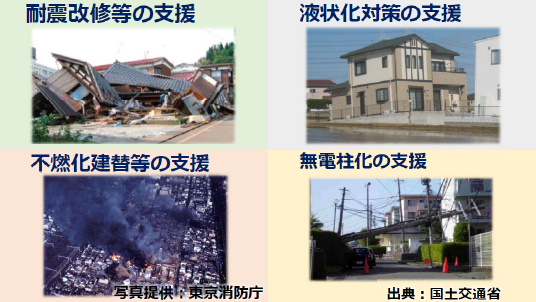





On September 1, 1923, a magnitude 7.9 earthquake struck the Kanto region. The following day, the Cabinet of Prime Minister Gonbee Yamamoto was formed, and the Bureau for Reconstruction of the Imperial Capital, an organization under the direct control of the Prime Minister, was established. Minister of Home Affairs and former Mayor of Tokyo Shimpei Goto was appointed as President of the Bureau for Reconstruction of the Imperial Capital. Goto led the creation of the reconstruction plan.
Although the budget for the government plan, which originally called for 1.5 billion yen, was cut to 468.44 million yen, the plan achieved results such as being the first to incorporate modern city planning methods. Years later, it even had an impact on Japan’s postwar reconstruction plan. In accordance with the reconstruction plan, roads, bridges, rivers, canals, and parks were developed, and land readjustment projects were carried out mainly in the areas that were ravaged by fire to create the infrastructure that still contributes to the Tokyo of today.
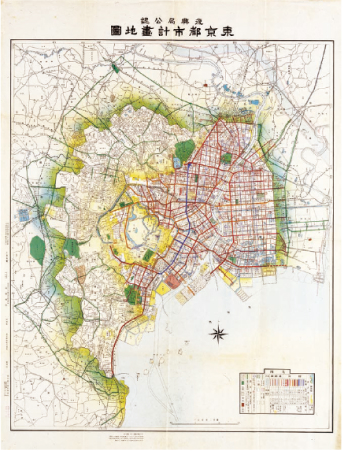
From the collection of the Edo-Tokyo Museum.
About 73.4 percent of households in the city of Tokyo were affected by the disaster, and approximately 3,465 hectares, or 44 percent of the city’s area, was destroyed by the great fires triggered by the quake. The project for reconstruction of the imperial capital was revised and downsized following deliberation on road plans and the scale of the budget. This map shows the draft that was ultimately decided upon. While receiving opposition from some, land readjustment put into motion by the reconstruction project was carried out extensively by the national government and the city of Tokyo over approximately 90 percent of the area destroyed by fire in Tokyo, or just over 3,117 hectares of land.
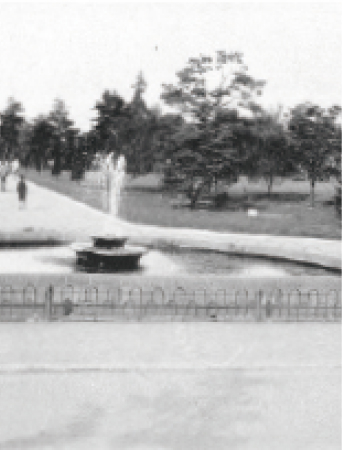
Source: “The Reconstruction of Tokyo” published by the City of Tokyo.
Sumida Park, Hamacho Park, and Kinshi Park were all constructed as “disaster recovery parks” through land acquisition. The parks continue to serve as valuable infrastructure in present day Tokyo.
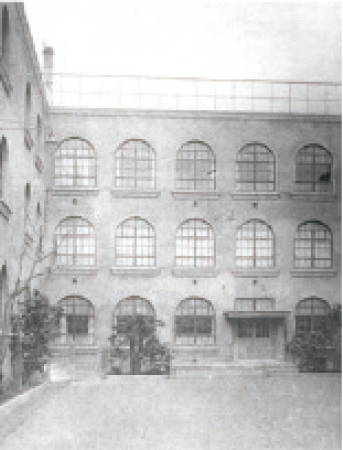
Source: (1930) Fukko Kosha Rakusei Kinen Shashincho (Album commemorating completion of reconstructed school buildings), Izumi Elementary School, from the collection of the Edo-Tokyo Museum.
Reconstruction elementary schools and small parks
As part of reconstruction projects, modern, fireproof reinforced concrete elementary school buildings equipped with gas, electric lighting, water supply, and other facilities were built. Next to most of the “recovery elementary schools” small parks were also constructed to serve as evacuation areas.
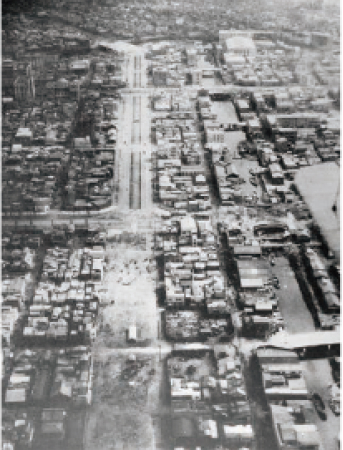
1930
From Teito Fukko Kinencho (Imperial Capital Reconstruction Commemorative Album), aerial view of Arterial Road No. 1, from the collection of the Edo-Tokyo Museum. Aerial photograph of the area near present day Nihombashi 2-chome, Chuo-ku. Construction progresses on Arterial Road No. 1 (Showa-dori Avenue), road running vertically in the photograph, and Arterial Road No. 3 (Eitai-dori Avenue), road running horizontally near the center of the photograph.
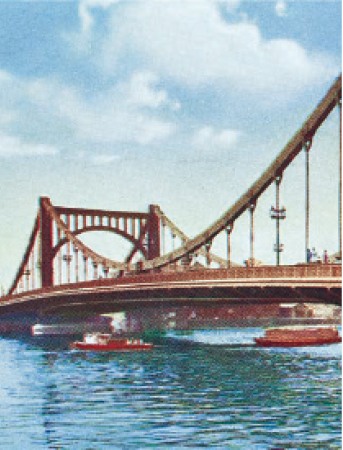
From the collection of the Tokyo Metropolitan Central Library.
To replace the many wooden bridges over the Sumida River that collapsed due to the quake, nine iron bridges called “earthquake reconstruction bridges,” were built. Of these bridges, the Ryogoku, Umaya, and Azuma bridges were built by the national government, while the City of Tokyo constructed the Aioi, Eitai, Kiyosu, Kuramae, Komagata, and Kototoi bridges. Other bridges constructed as part of reconstruction from the disaster, including Shohei, Mansei, and Hijiri bridges, are still being used today. Photograph: Kiyosu Bridge (Total length: 186m, Width: 22m).
Through the use of donations, the Dojunkai Foundation was established in 1923 as an extra-governmental organization affiliated with the Ministry of Home Affairs for the purpose of reconstructing housing after the Great Kanto Earthquake. To supplement the housing shortage at the time, Dojunkai immediately started building wood-frame houses. In 1926, Japan’s earliest modern, earthquake and fire resistant, steel reinforced concrete apartment buildings were constructed and residents began to move in. In addition to reinforced concrete construction, which was unusual at the time, the Dojunkai apartments, despite the small size of the units, presented a new way of life as rental housing equipped with gas, water, and flush toilets. For the ten-year period up to 1933, Dojunkai apartments were built at 16 locations in the Tokyo Metropolis and the City of Yokohama, supplying about 2,800 units.
Video: “100 Years following the Great Kanto Earthquake”
~ Aiming for “Safety for the Next 100 Years” ~
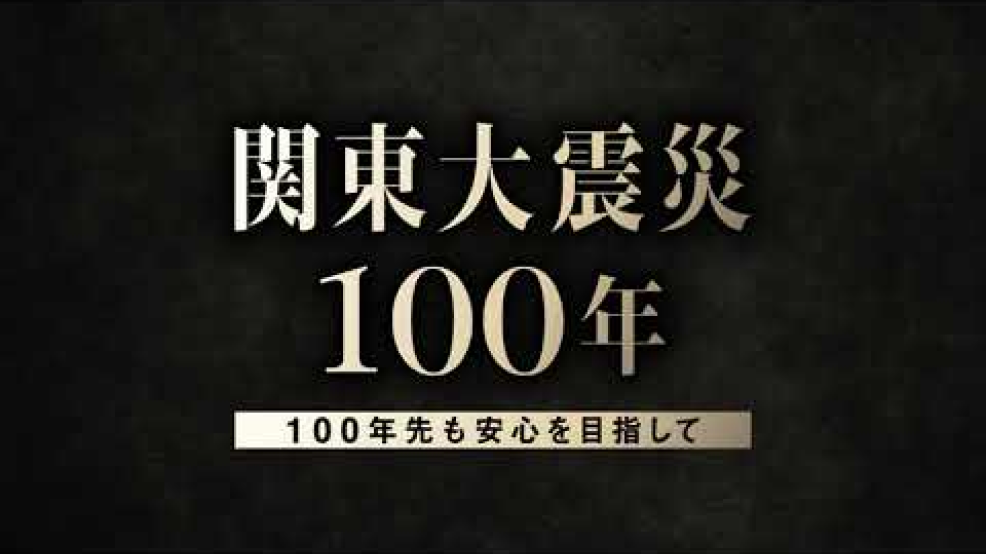
Watch on YouTube
These are a digital archive of reconstruction projects that can be viewed on computers and cell phones. They include easy-to-understand explanations of reconstruction town development and show the reconstruction led by Shimpei Goto and his team in projects designed to create a city based on disaster prevention strategies with a view to the next 100 years. Photographs and videos are positioned on a GIS map depicting three stages (earthquake aftermath, restoration, and today) of the city.
This material is designed to help children learn about the Great Kanto Earthquake that occurred 100 years ago to heighten their awareness of disaster prevention strategies. Digital educational material is distributed for use in classrooms and can be used for emergency drills in national, public, and private schools.
It uses photographs and videos to provide information on the condition of the city immediately following the earthquake and the process of its restoration.
It highlights the wisdom of our predecessors and lessons that can be learned from the disaster, providing students with an opportunity to think about what they can do when disaster strikes.
We plan various events where you can have fun learning about disasters.
These include events geared toward children, online events, and more. Come and join us.